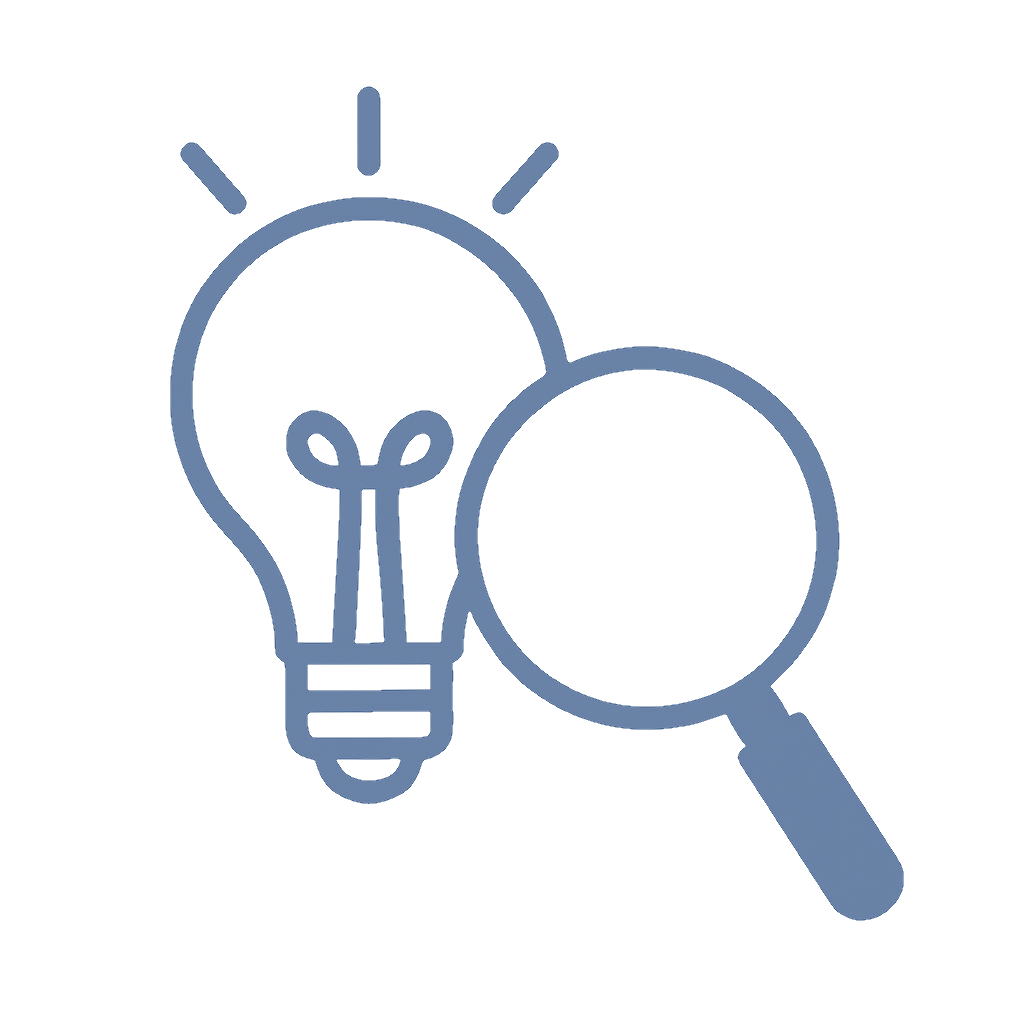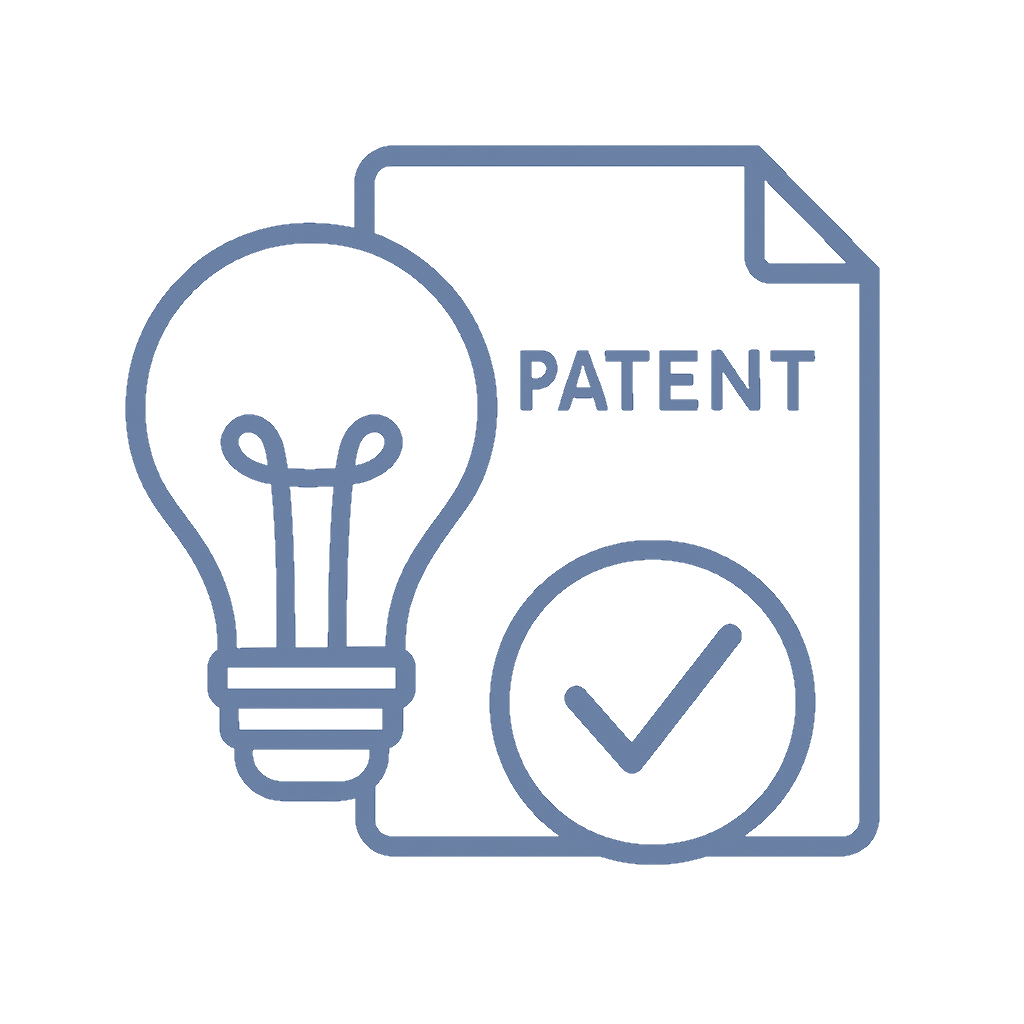📌 Quick Summary
When it comes to patent review, it's not about where you use it or what industry you aim to disrupt; it’s about what the invention is. Patent examiners focus on the invention itself, not its purpose, intended use, or application. Same invention? Same outcome.
❓ Common Questions & Answers
Q: Does the industry I’m targeting affect my patent application?
A: Nope! Patentability focuses only on the invention, not where you plan to use it.
Q: Can changing the intended use make an invention patentable?
A: Sadly, no. Same invention = same cited prior art, no matter the use.
Q: What does “cited prior art” mean?
A: It refers to existing patents and applications that prove your invention isn’t unique enough.
Q: If my application is in a different field, does that matter?
A: Not really. If it’s the same invention, the field doesn’t save you.
Q: How should I adjust my patent strategy knowing this?
A: Focus on what’s new in the invention itself, not just how you intend to use it.
![]()
📜 Step-by-Step Guide
1. Understand the Core of Your Invention
Focus on what makes it unique structurally or functionally, not who it's for.
2. Search for Prior Art Thoroughly
Explore similar inventions across all industries, not just your own.
3. Define Novel Claims Clearly
Frame your patent claims around the inventive step, not the industry application.
4. Prepare for Broad Examination
Expect citations from patents outside your intended field.
5. Be Ready to Pivot
If cited prior art blocks your path, tweak the invention itself, not just its use.
📖 Historical Context
Patents have roots going back to ancient Greece, but modern patent law truly blossomed during the Industrial Revolution. As industries exploded, so did the creativity around "new uses" for old inventions. Courts quickly realized that protecting "new purposes" without truly new inventions would cause chaos. Imagine every coffee mug maker suddenly getting a patent because they marketed it as a "pen holder"!
In the 19th century, landmark cases began emphasizing that patent protection rests on what something is, not what it's for. This kept the system fair and innovation-driven, rather than marketing-driven. Fast forward to today, and patent examiners still cite prior art based on the nuts and bolts of an invention—not the fancy spin a startup wants to put on it.
Understanding this historical attitude helps modern inventors aim for truly novel ideas rather than clever repackaging.
🏢 Business Competition Examples
1. Dyson vs. Other Vacuum Brands
Dyson couldn’t just patent "using cyclonic suction" for different cleaning purposes; it had to show actual device innovation.
2. Apple vs. Samsung
Apple’s multi-touch patent disputes focused on specific technology innovations, not the different devices they were applied to.
3. Segway vs. Hoverboards
Despite Segway's industry lead, the tech itself, not the intended use (personal transport vs. toys), determined patent battles.
4. Keurig vs. Generic Pods
Patent disputes centered on the structural features of coffee pods, not the use for different coffee types or flavors.

💬 Discussion Section
The idea that your invention’s "intended use" can save a patent application is one of the most persistent and dangerous myths in IP law. Inventors often get caught up thinking that because they’re entering a “new” market, their invention is somehow "new" by default. That’s not how it works.
Patent examiners are trained to look at what an invention is. The hardware, software, chemical compound—whatever it is—gets dissected without a care about how you plan to deploy it. This protects the integrity of patent law and encourages true innovation.
Say you create a "smart fork" for astronauts, and there's already a "smart fork" for toddlers. Different uses, right? Unfortunately, if the forks are structurally and functionally the same, prior art from the toddler fork could knock out your astronaut fork patent faster than you can say "zero gravity."
That’s why patent strategies must be rooted in understanding the technical differences—if they exist at all. If your only innovation is where or how something is used, without structural or functional changes, you're unlikely to win the patent lottery.
Bottom line? Innovate the core, not just the story.
⚖️ The Debate
Side 1: Focus on Intended Use Matters
Some argue that the application of an invention adds value and should influence patentability. Context, after all, can bring significant technological advances.
Side 2: Structural Innovation Matters
Most experts say intended use doesn't make an old invention new. True innovation lies in technical changes, not storytelling.
✅ Key Takeaways
-
Patentability is about what your invention is, not what it’s for.
-
Cited prior art focuses on structural/functional similarities.
-
Intended use won't sidestep a rejection.
-
Focus your claims on inventive features, not industries.
-
Always perform broad-spectrum prior art searches.
⚠️ Potential Business Hazards
-
Wasted Legal Fees: Pursuing patents based solely on new uses can rack up massive costs.
-
False Sense of Security: Believing your niche market protects your invention can lead to unexpected lawsuits.
-
Blocked Market Entry: Overlooking cited prior art can stall your product launch.
-
Reputational Damage: Filing weak patents can erode investor and partner trust.

❌ Myths & Misconceptions
-
"Different market, different patent!" (Nope. Same invention, same scrutiny.)
-
"Intended use creates novelty." (Wishful thinking.)
-
"Prior art only matters in your field." (All fields matter.)
-
"A good lawyer can argue around anything." (Not when the invention isn’t novel.)
-
"My use case is revolutionary!" (Great! But is the invention?)
📚 Book & Podcast Recommendations
-
"Patent It Yourself" by David Pressman
https://www.nolo.com/products/patent-it-yourself-PTNY.html -
"The Inventor's Patent Handbook" by Craig Countryman
https://www.americanbar.org/products/inv/book/375385388/ -
Podcast: "Clause 8 Podcast — IP Stories and Insights"
https://www.iplawleaders.com/podcast/ -
Podcast: "IP Fridays"
https://www.ipfridays.com/
⚖️ Legal Cases
-
KSR Int’l Co. v. Teleflex Inc. (2007)
https://supreme.justia.com/cases/federal/us/550/398/
Established that combining old elements for new use isn’t enough for patentability. -
In re Gustafson (1996)
https://caselaw.findlaw.com/us-federal-circuit/1084567.html
Confirmed that intended use cannot render an old invention patentable. -
General Electric Co. v. Jewel Incandescent Lamp Co. (1939)
https://casetext.com/case/gen-elec-co-v-jewel-incandescent-lamp-co
Clarified that novelty must exist in structure, not just application. -
Application of Sinex (1964)
https://law.justia.com/cases/federal/appellate-courts/F2/309/488/373216/
Reinforced that structural identity, not use, determines patentability.

🔊 Expert Invitation
Want advice tailored to your brilliant invention?
Come chat with real patent experts at Inventive Unicorn!
🔚 Wrap-Up Conclusion
In the end, the playground doesn't matter if the toy is the same. Patent law values what something is, not where it’s played with. So build better toys — and make sure they’re truly new.












